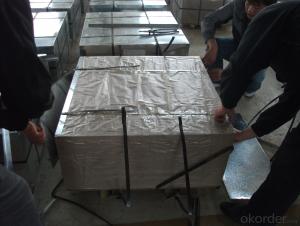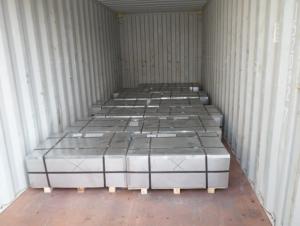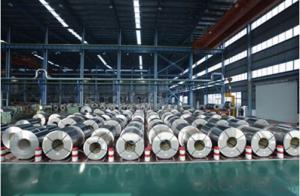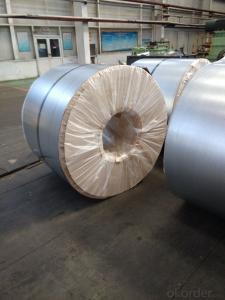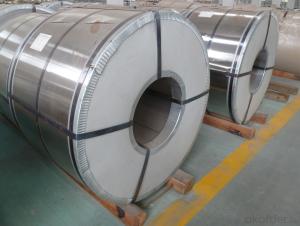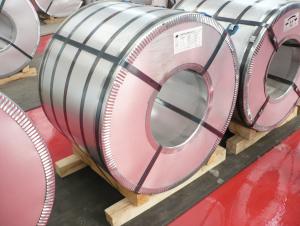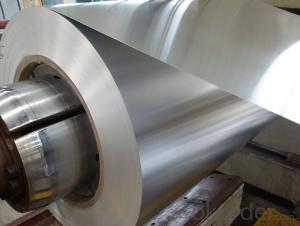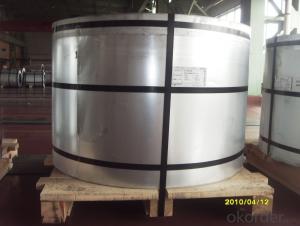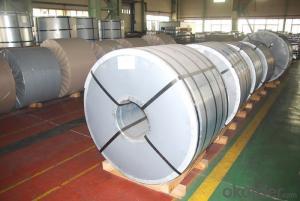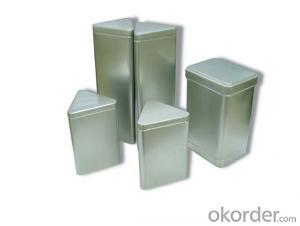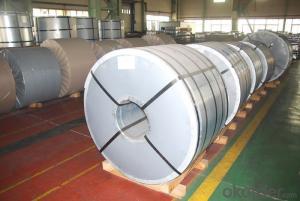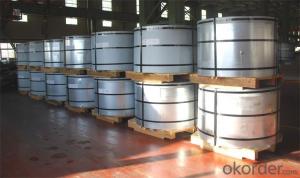Tinplate Shortage
Tinplate Shortage Related Searches
4 By 8 Plastic Sheets Thin Plastic Sheets Flexible Tinplate Coil Quotes Tinplate Iron Clear Plastic Sheets Hard Plastic Sheets 4X8 Lightweight Plastic Sheets Wavy Plastic Sheets White Plywood Sheets Poly Styrene Foam SheetsHot Searches
Tinplate China Tinplate Stock Price Tata Tinplate Price List Tinplate Price Trend Tinplate Nse Share Price Tinplate Price Chart Tinplate Share Price Nse Tata Tinplate Share Price Tinplate Share Price Today Tinplate Share Price Bse Tinplate Price Tinplate Share Price Tinplate Coil Manufacturers Tinplate Sheet Suppliers Food Mixer Sale Tinplate Factory Tinplate Production Tinplate Products Ltd Tinplate Products Tinplate Can ManufacturersTinplate Shortage Supplier & Manufacturer from China
Okorder.com is a professional Tinplate Shortage supplier & manufacturer, offers integrated one-stop services including real-time quoting and online cargo tracking. We are funded by CNBM Group, a Fortune 500 enterprise and the largest Tinplate Shortage firm in China.Hot Products
FAQ
- Yes, tinplate can be used for automotive applications. Tinplate is a type of steel coated with a thin layer of tin, which provides it with excellent corrosion resistance. This makes it suitable for various automotive components, such as fuel tanks, panels, and trim. Additionally, tinplate is easily formable, weldable, and has good strength, making it a favorable material for automobile manufacturing.
- The main trends in tinplate recycling include increased awareness and efforts towards recycling tinplate packaging, advancements in recycling technologies to improve efficiency and quality of recycled tinplate, and the growing demand for sustainable packaging solutions, leading to more emphasis on tinplate recycling.
- There are several advantages of using tinplate for signage. Firstly, tinplate is highly durable and resistant to corrosion, ensuring that the signage can withstand various weather conditions and maintain its quality over time. Additionally, tinplate is lightweight, making it easier to install and transport. It also offers excellent printability, allowing for vibrant and long-lasting graphics on the signage. Moreover, tinplate is a sustainable material as it is 100% recyclable, making it an environmentally friendly choice. Overall, the advantages of using tinplate for signage include durability, corrosion resistance, lightweight nature, excellent printability, and sustainability.
- There are several different types of tinplate coatings available, including tin-free steel (TFS), electrolytic chromium-coated steel (ECCS), and tin-coated steel. These coatings provide varying levels of protection against corrosion and can be chosen based on specific requirements and applications.
- Yes, tinplate can be both welded and soldered. Welding involves fusing two pieces of metal together using heat, while soldering involves joining metal components using a lower melting point filler material called solder. Tinplate, which is a thin sheet of steel coated with a layer of tin, can undergo these processes with appropriate techniques and materials.
- The main challenges in tinplate coating thickness control include achieving uniform coating thickness across the entire surface, ensuring consistent adhesion of the coating, minimizing defects such as pinholes or streaks, and dealing with variations in the tinplate surface and composition. Additionally, maintaining precise control over the coating process parameters, such as temperature and speed, is crucial to achieving accurate and desired coating thickness.
- Tinplate offers numerous advantages for gift packaging. Firstly, it is highly durable and provides excellent protection for the contents, ensuring that the gift remains intact and undamaged. Additionally, tinplate is lightweight, making it easy to handle and transport. It is also resistant to corrosion and can withstand various environmental conditions, ensuring the longevity of the packaging. Furthermore, tinplate can be easily customized and decorated, allowing for unique and visually appealing gift packaging designs. Lastly, tinplate is recyclable, making it an environmentally friendly option for gift packaging.
- Tinplate performs excellently in terms of oxygen barrier properties. The tin coating on the steel substrate acts as an effective barrier, preventing oxygen from permeating through the material. This property makes tinplate ideal for packaging applications, as it helps to preserve the freshness and quality of oxygen-sensitive products.
















